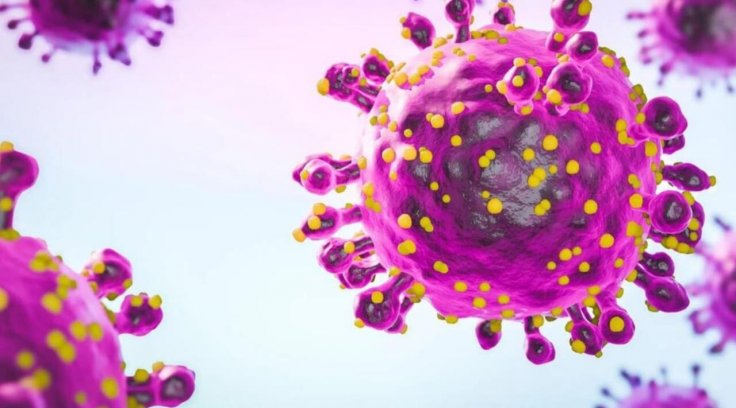A new outbreak of "Sloth Fever," officially known as the Oropouche virus, has raised alarm in the United States. Health officials report that 21 travelers returning from Cuba have tested positive for the virus. The Centers for Disease Control and Prevention (CDC) confirmed one case in New York and 20 in Florida. At least three of the infected individuals have been hospitalized. No deaths have been reported so far.

The Oropouche virus, first identified in Trinidad and Tobago in 1955, earned the nickname "sloth fever" after scientists discovered it in a three-toed sloth. The virus is typically spread to humans by insect bites, mainly from midges and mosquitoes. It is also found in sloths, primates, domestic and wild birds, and rodents. So far, there is no evidence of transmission by insects within the U.S.

The virus is common in South America, Central America, and the Caribbean, with more than 8,000 cases reported this year in countries such as Brazil, Bolivia, Peru, Colombia, and Cuba. The Pan American Health Organization (PAHO) recently issued a warning due to a surge in cases across Latin America and the Caribbean. There have been reports of the virus spreading to areas previously not considered at risk, like Bolivia and Cuba. Travel-associated cases have also been reported in Europe after travelers returned from Cuba and Brazil.
Symptoms of Sloth Fever include fever, headache, muscle pain, vomiting, nausea, diarrhea, and rashes. Some patients may experience more severe symptoms, such as bleeding, meningitis, and encephalitis. The disease can resemble other tropical infections like dengue, Zika, and malaria. Most cases are not fatal, but the virus has recently been linked to the deaths of two healthy young adults in Brazil.
While most people recover without lasting effects, symptoms can recur days or weeks after the initial infection. Approximately 4% of cases may develop neuroinvasive disease, causing inflammation around the brain and spinal cord membranes. There is no specific treatment or vaccine for the Oropouche virus. Patients with mild symptoms are advised to rest, stay hydrated, and use pain relievers. Those with severe symptoms may require hospitalization for close monitoring and supportive care.
The CDC urges U.S. doctors to be vigilant for signs of the virus in travelers from affected regions. Pregnant women are particularly advised to avoid travel to outbreak areas. The best prevention method is to avoid insect bites, using repellents and protective clothing.
The recent outbreak of Sloth Fever is prompting global concern. The CDC and PAHO continue to monitor the situation closely, advising travelers and healthcare professionals to remain alert and informed about this emerging health threat.









